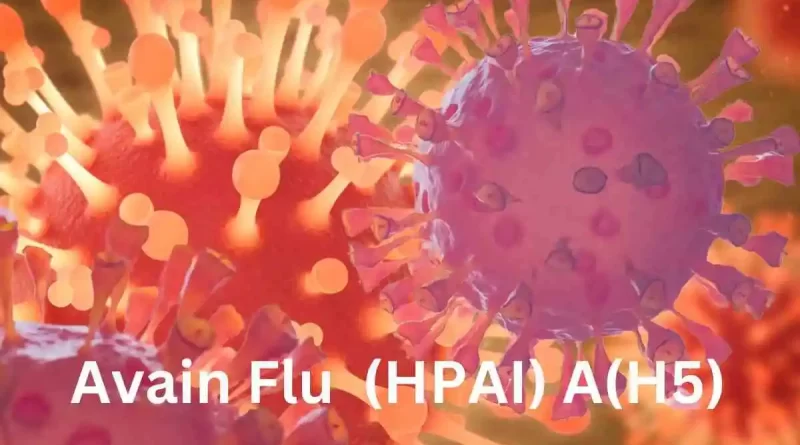New Flu Symptoms Confirmed Among US Poultry Workers
Recently, there have been cases of reported flu symptoms in the country. The Colorado state has seen four new cases of Highly Pathogenic Avian Influenza (HPAI) A(H5), as reported by the US Centers for Disease Control and Prevention (CDC. The affected persons with flu symptoms seem to have been infected by the Dreaded Influenza while being involved in the process of culling the infected poultry. These four cases include three previously reported presumptive-positive cases from July 12.
The CDC is also monitoring a potential fifth case from the same area, pending sample collection and confirmation. The people who got infected by this avian flu developed some indicative flu symptoms like tears in the eyes and conjunctivitis. There were some more indications like a runny nose, sore throat, fever, chills in the body, cough, etc., that pointed towards this influenza. The samples that were received by the authorities also tested positive for the said Influenza A(H5).
“The state has been informed of the results, and genetic sequencing at the CDC will determine the neuraminidase subtype,” the public health agency stated.
These cases of the said flu symptoms are significant as they mark the first instances of H5 virus infection among poultry workers, as opposed to previous cases that involved dairy workers. Since 2022, five individuals from three states have contracted the virus from dairy cattle, with four cases reported in 2024 alone.
Recently, bird flu has spread across the US, affecting 151 dairy cattle herds and nearly 100 million poultry, according to the CDC. There have been 48 documented outbreaks in poultry and 13 in dairy cows. Oklahoma is the 13th state to have reported the outbreak of avian flu an incidence in dairy cows was reported by The Oklahoma Department of Agriculture, Food, and Forestry most recently.
For testing, the USDA Animal and Plant Health Inspection Service (APHIS) received samples gathered in April. Research suggests that tainted milking equipment is the reason why the avian flu virus is spreading among cattle. It is safe to eat pasteurized milk from diseased cows, according to a study.
Scientists caution about the possibility of a pandemic, despite the CDC’s continued assertion that there is little risk to the public’s health from the virus. In a paper that was published in Nature, University of Pennsylvania immunologist Scott Hensley said that the present virus does not seem to be a pandemic concern. Hensley noted the possibility for the virus to adapt and infect mammals more effectively, especially through respiratory transmission, adding, “Yet a single mutation could change that equation.”
Meanwhile, Australia reported a new strain of avian influenza, H7N8, on June 26. The World Organisation for Animal Health reported that this strain was detected in non-poultry birds, with 13 susceptible birds identified. Of these, eight were confined, and five were culled after flu symptoms were found in them.








